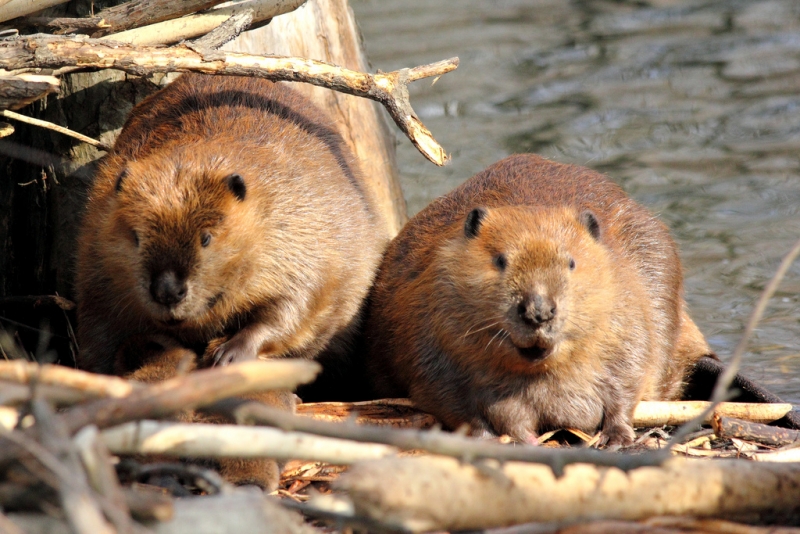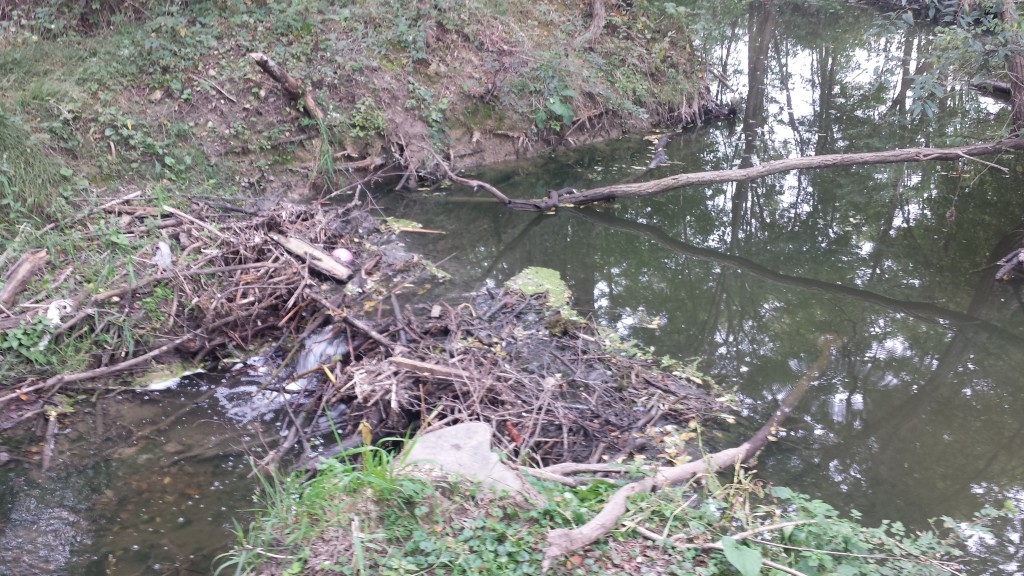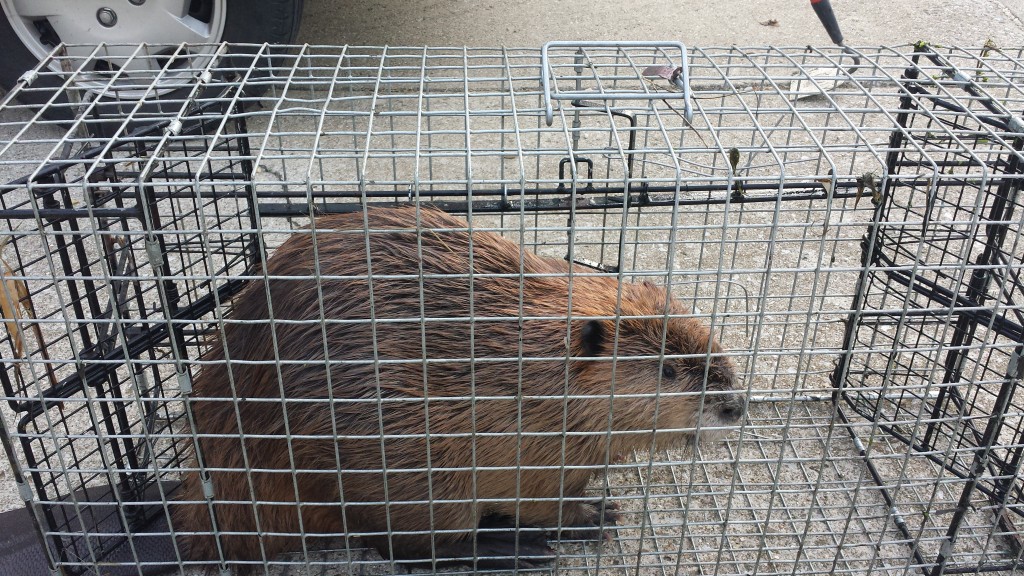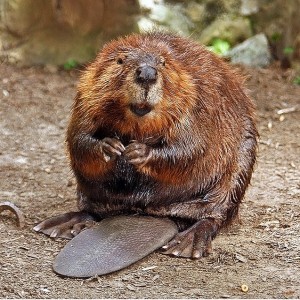Beaver Removal | Muskrat Removal
Beavers are large, semi-aquatic, nocturnal animals. They build dams, canals, and lodges which serves as their homes. Beavers harvest trees and create flooding of waterways. They are the second largest rodent in the world. To protect themselves against predators, they build dams in deep water. Their population once reached 60 million but decreased to 6 – 12 million in 1988. Because of wide-ranging hunting of fur and for glands used as medicine and perfume, their population had been decreased.
Physical Characteristics
Muskrats have webbed feet, nostrils, ears, membranes, and wide tail that enable them to succeed under the water. By slowing their heart rates and using their stored oxygen, they can remain underwater for up to 20 minutes. By excreting sweat from paired glands called castors, they mark their territories and deposit it on mounds of grass and mud found at the edge of the water. The new mounds will display a reddish mark.
Their large webbed feet can turn up to 6 inches long. Beavers have large incisors that enable them to cut and girdle trees. These incisors continue to grow and are sharpened during gnawing activities.
Habitat

Photo credit: finchlake2000 / Foter.com / CC BY
Muskrats live in streams, rivers, marshes, ponds, and shorelines of large lakes. They have the skill to transform landscape for their own need to provide themselves shelter and protection that’s why they are called environmental engineers.
Beaver’s Disadvantage
Beavers cut down trees, plug road culverts, flood roads and create dams which can cause flash flooding when broken. On the other hand, these dams maintain wetlands that immerse flood waters, prevent erosion, increase the water table, and produce an ecosystem that breaks down toxins and pesticides, purifying the water. They choose shallow valleys to dam streams by cutting down small trees and clearing brush. A large amount of the flooded area will turn out to be wetlands.
Beaver’s Advantage
Swampy wetland is a good area for trees to grow, that in turn, sustain different wildlife species that have need of riparian environments. Residue will fill in the pond behind the dam and turn out to be a grazing land in time. Shrubs and bushes will start to grow and supply shade for tree seedlings. They will shade out the shrubs and sooner or later turn into a mature forest when the tree seedlings get tall enough. By building their dams, muskrats assist to embark on this natural cycle, which is called forest succession.

Beaver Disease
Giardia Infection
Giardia is a parasite that infects the intestines of humans and animals. Giardiasis is also known as ‘beaver fever’. This disease normally causes diarrhea which can last up to 2 weeks. Hikers and travelers, who drink water directly in the mountains usually get this diarrheal illness. Infected individuals can transmit this disease through water, food, or fecal-oral transmission. Fecal-oral transmission is when contaminated feces particles are ingested.
Beaver Removal – Beaver Trapping
Trapping is one of the ways to resolve many beaver problems. Traps to be used depend on the type of problem. Muskrats are easy to trap, nevertheless, they are very clever if the traps are weak or low-grade equipment is used.
These are some of the best options of different brands and types of traps:
1) Foot hold 2) Conibear 3) Snare 4) Cage or box trap.

Beaver Trapping
To help you with these beaver removal problems, don’t hesitate to contact a professional wildlife removal expert. You can guarantee that they will use proper tools and methods to trap beavers. They have the skills, proper training, and they are licensed and certified to do beaver trappings.
Beaver Removal | Muskrat Removal
Anytime Wildlife Control
219-464-7966

